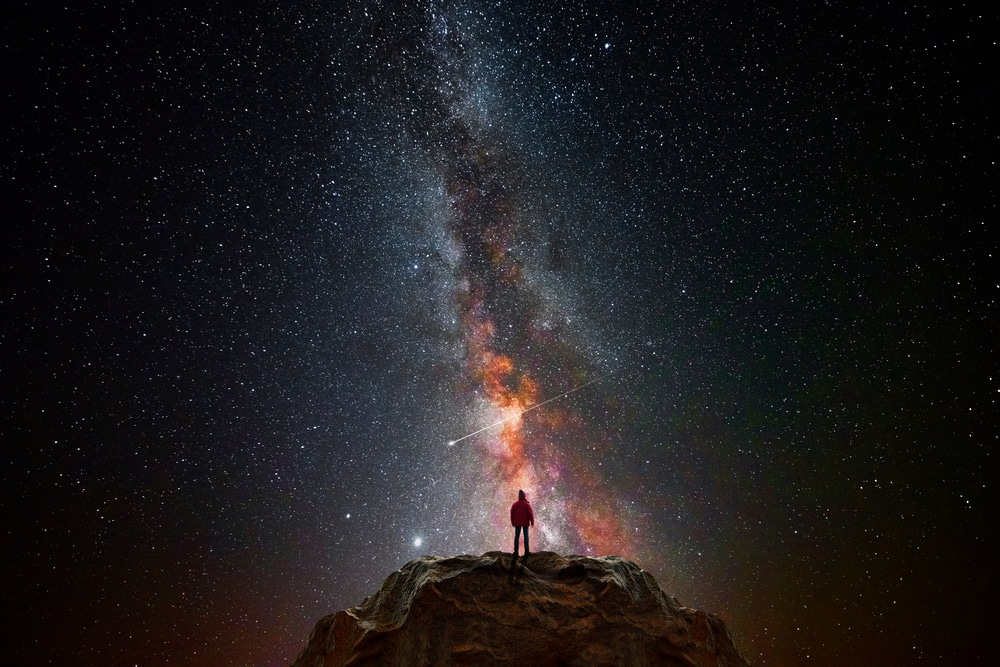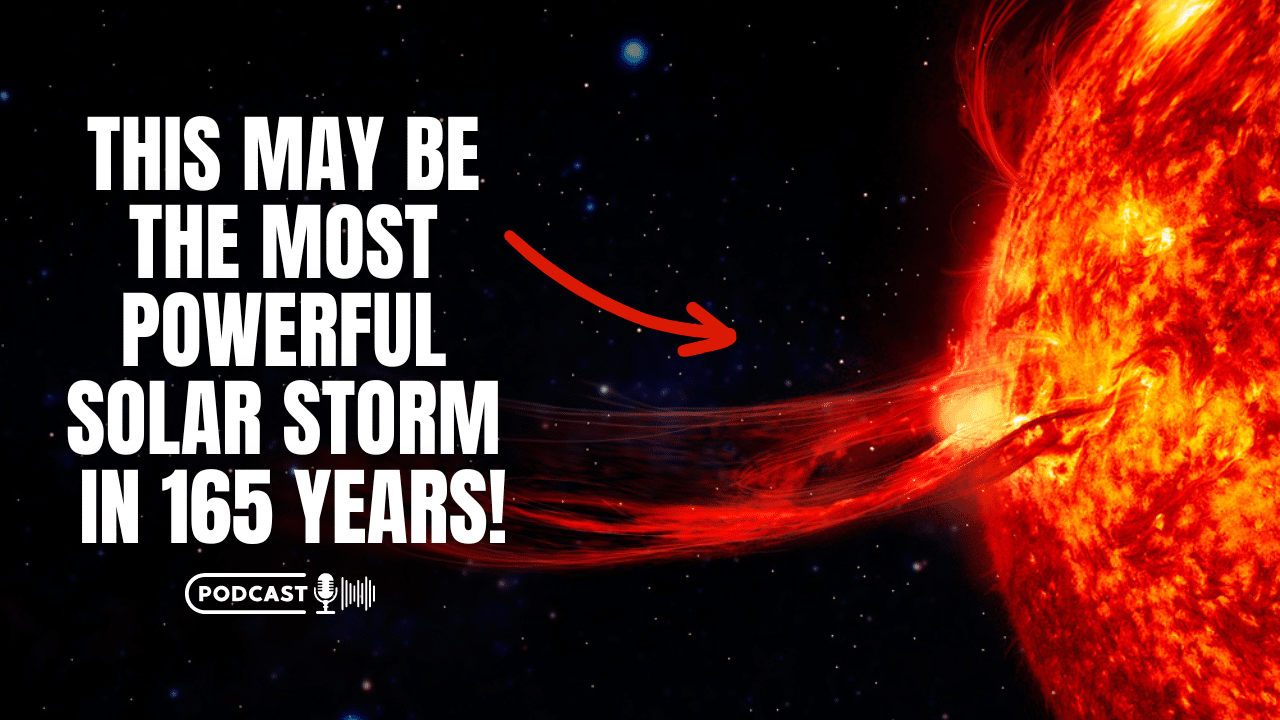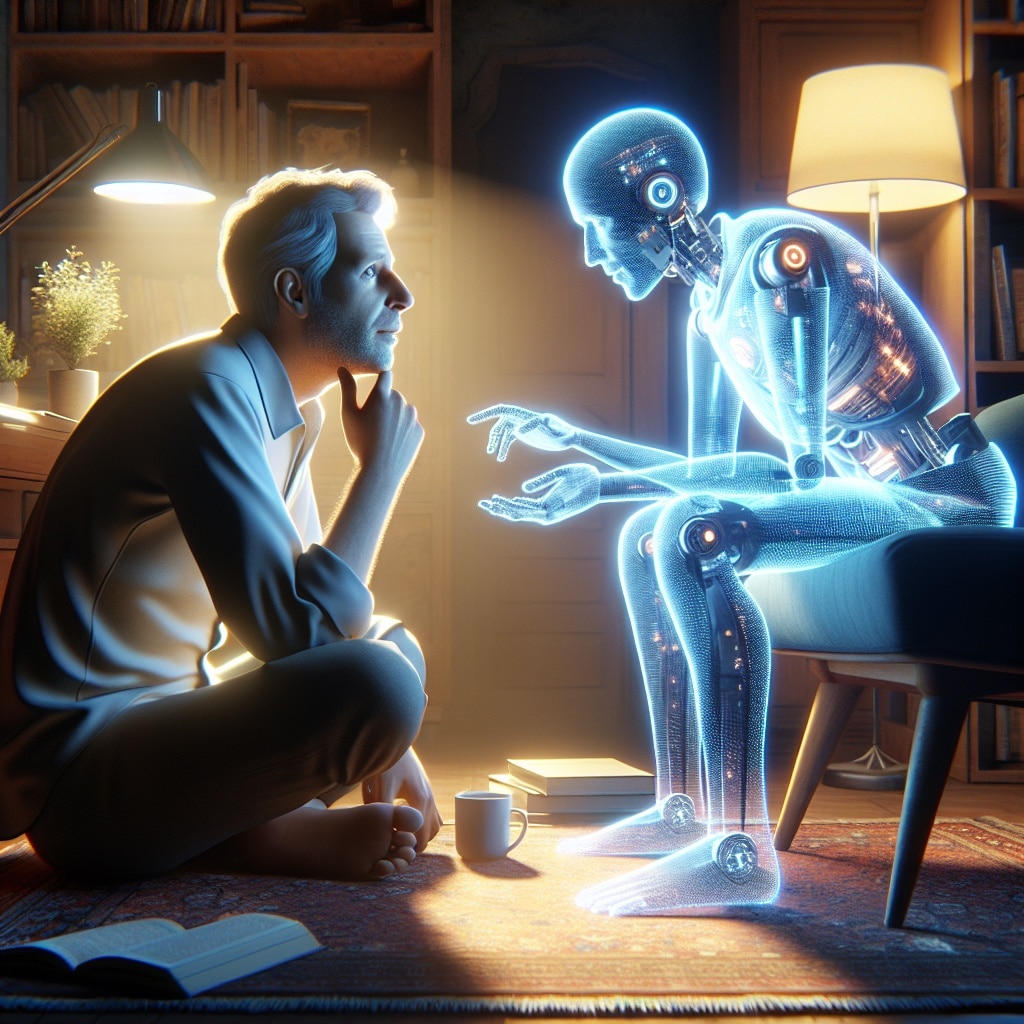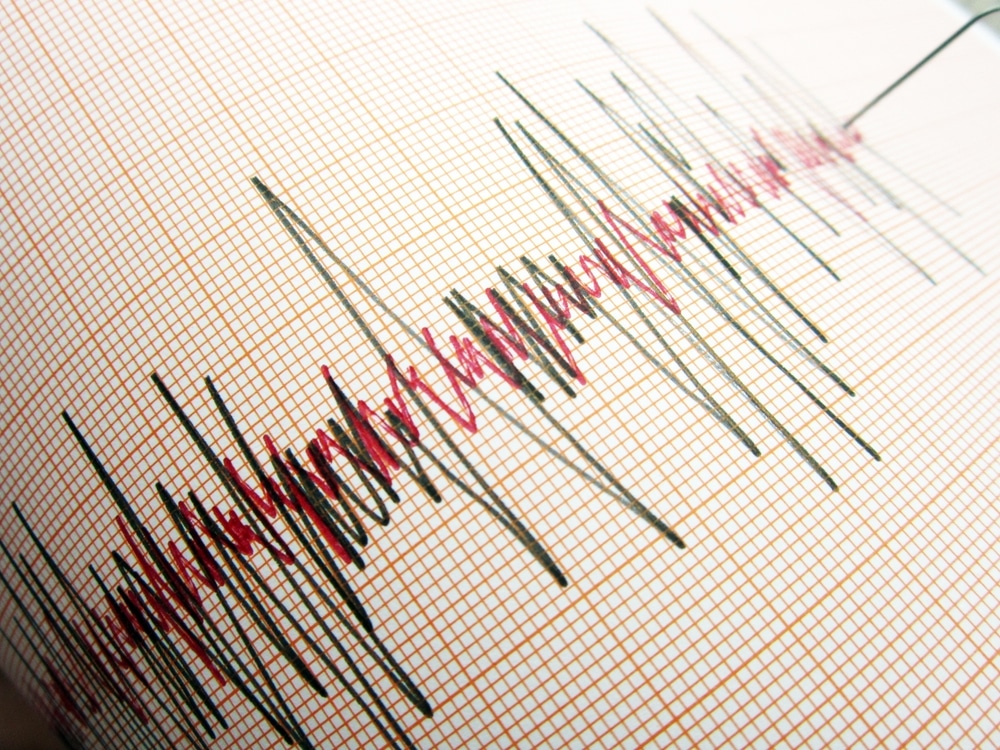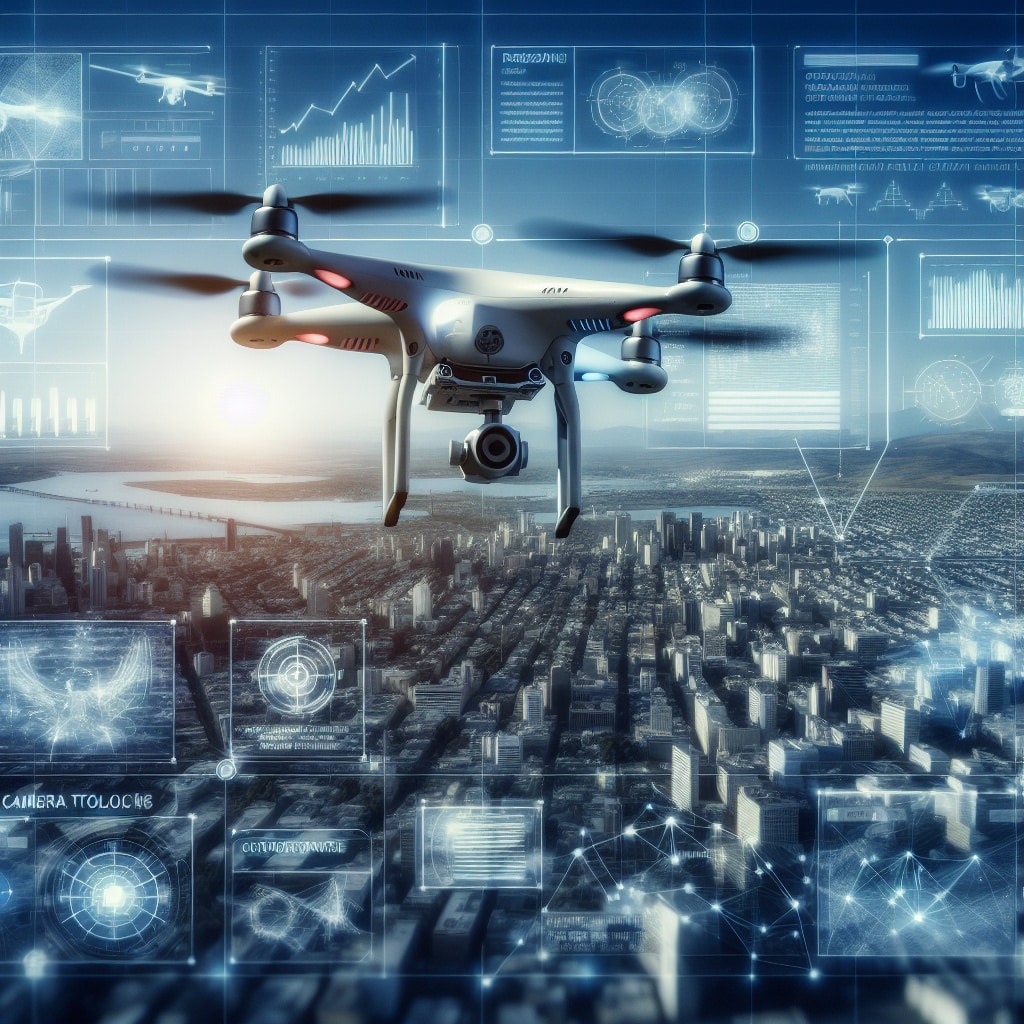Astronomers have discovered eight “suspicious” radio signals that they say may be evidence of “technological life beyond earth.” A team of experts, led by University of Toronto student Peter Ma, developed a new artificial intelligence algorithm that helped them to detect the signals during an examination of 820 stars at the Green Bank Telescope in West Virginia.
The AI algorithm uses machine learning to differentiate between human-caused signals — such as those from GPS satellites and cell phones — and potential extraterrestrial ones. Due to interference, the eight suspicious signals were not picked up in past observations that have taken place at the Green Bank Telescope.
“We need to distinguish the exciting radio signals in space from the uninteresting radio signals from Earth,” Ma declared in his paper, published in the Nature Astronomy journal late last month.
He stated that while the eight signals were not definitive evidence of life beyond earth, their unexplainable nature fuels theories of extraterrestrial activity. Steve Croft, a scientist for Breakthrough Listen on the Green Bank Telescope, also worked on the project.
“The key issue with any techno signature search is looking through this huge haystack of signals to find the needle that might be a transmission from an alien world,” he explained. “The vast majority of the signals detected by our telescopes originate from our own technology.”
Croft stated that the eight signals could come from an extraterrestrial source because they are of a “narrow band.” Human-caused signals, on the other hand, tend to be broadband.
Furthermore, the signals had a “slope,” meaning their origin had relative acceleration with antennas and likely did not come from the earth. “They are present when we look at the star and absent when we look away, as opposed to local interference, which is generally always present,” Croft said. “The signals [also] change in frequency over time in a way that makes them appear far from the telescope.”
Cherry Ng, one of Ma’s research advisers added that the results “dramatically illustrate the power of applying modern machine learning and computer vision methods to data challenges in astronomy.” “Application of these techniques at scale will be transformational for radio techno signature science,” the expert excitedly said. (SOURCE)

